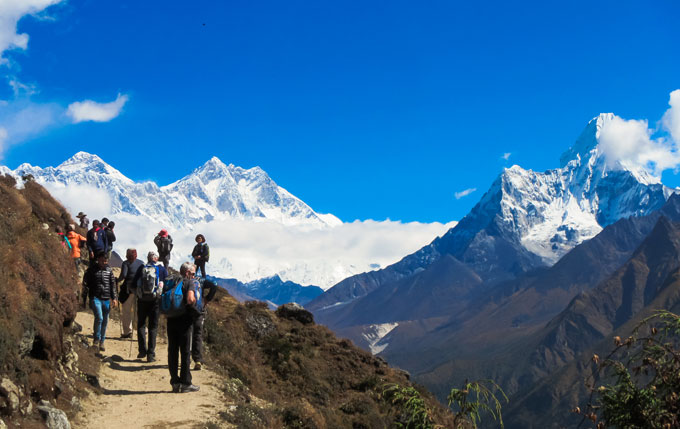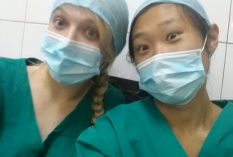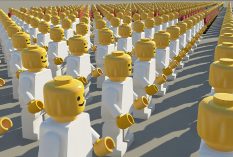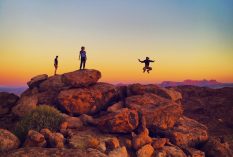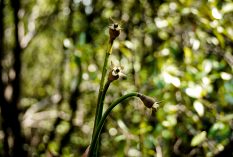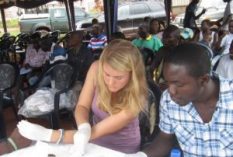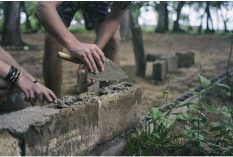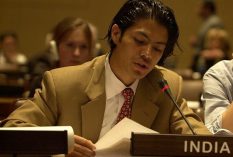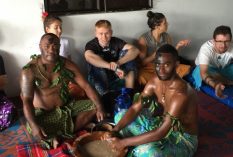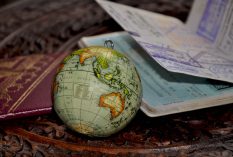The mighty Everest and its giant neighbours have been desired by many and after Edmund Hillary and Tenzing Norgay’s first successful climb to its summit, thousands of people have traced the path in hopes of conquering the highest mountain in the world. For us non-climbers, though, the closest we can come to witness its humbling rise is in Everest Base Camp (EBC) trekking.
EBC is a popular destination for enthusiastic trekkers as well as common tourists wanting to explore more of Nepal. And many of them have documented their experience on the sight of Himalayas’ splendour. But, you have to ‘see’ it to ‘feel’ it. I can only say that it will be a trip of a lifetime.
There are a few things you should know though; ‘Learn from others mistakes’ they say. So the following information may help if you are planning your next vacation to EBC.
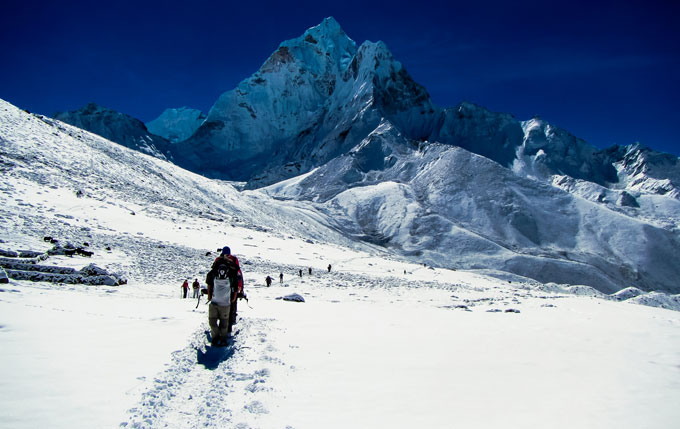
Can I do it?
Yes you can. To be honest, trekking to EBC is no small feat but neither is it a task for some especially trained or experienced beings only. Before I started trekking, I had an assumption that I need to be extremely fit and trained to do high altitude treks like EBC, which later on changed. If you are used to walking and love to travel or see the beautiful things nature has to offer, this is for you. Knowing what lies ahead, knowing that all the efforts will pay helps to keep you motivated and yes, it is worth it.
Be Careful!
Yes, anyone who are reasonably fit can undertake this trek. But even the most experienced of hikers can suffer from Acute Mountain Sickness (AMS) when climbing such heights. Altitude sickness is no joking matter. It is real and scary. People have died because of AMS. So pace yourself and take time acclimatising. Don’t push it. I prefer to rest at two places – Namche Bazzar and Dingboche. You could do the same.
The other thing to be careful of are the yaks. These animals can be aggressive and are known to push people down a hillside. Therefore, always walk on the wall side and not on the edge side.
Trek Routes
There are two base camps at the opposite sides of Everest, North Everest Base Camp in China and South Everest Base camp in Nepal. I hear one can drive all the way to the Base Camp on the Tibet’s side. The only way to reach South Base Camp, however, is to hike from Lukla. People who really love to trek can extend the route by starting from Jiri. You can take a bus to Jiri from Kathmandu instead of flying to Lukla like most people do.
From Lukla the path is pretty much etched out. You go from Lukla to Phakding to Namche Bazzar, Dingboche, Lobuche, Gorak Shep and finally to the Base Camp. There are tea house lodges along the way that offer descent accommodation.
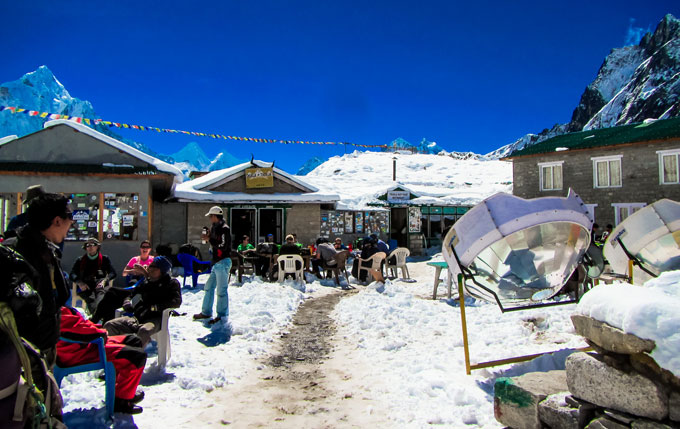
Side Trips
Though the common route will take you from Lukla to Phakding to Namche Bazzar, Dingboche, Lobuche, Gorak Shep and to the Base Camp, the main route plan of most trekking agency’s itinerary, there are other places within the Everest region, that you cannot miss like- Gokyo, Kalapathar and the view of Island Peak. Check with your agency or guide and make these side trips since you are already up there.
Best Seasons to Try
Spring (March- May) and Autumn (September- November) are the best seasons to trek to Everest Base Camp. The weather is moderate and the sky is clear, offering a great view of the spectacular mountains. In spring, the mountains are covered with various flora and fauna making the trek up very pleasant.
Things to Carry
High up at an altitude of 3000/ 4000m, don’t expect big supermarkets full of all things essential. If anything, the available facilities start to dwindle the higher you go and they don’t come cheap. Like a bottle of water that cost about $1 in Lukla was around $3 in Gorak Shep. So do not forget to carry water purifying tablets. It can save you a lot of money.
Beside this, you have to pay for facilities like charging your battery! It would have been cheaper to bring extra batteries. For your own calculation, charging battery costs around $2. I would suggest bringing 2-3 extra batteries instead.
Also, even though you are tea house trekking, it would be wise to carry a sleeping bag as a blanket provided by the lodge will not be enough to keep you warm.
Rolls of toilet paper and hand sanitizers are a must. Do not forget them. At times, you will miss even the squat toilets that might not have been satisfactory for your standards.
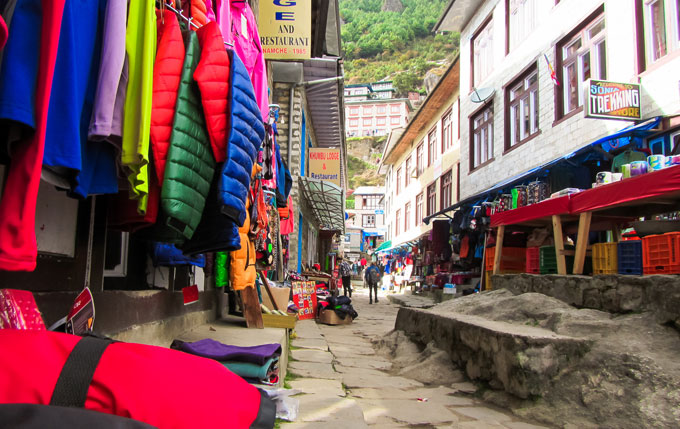
Foods to Expect
Surprisingly, the tea houses en route Everest Base Camp offers various local, national and international cuisines and different beverage choices. Many tourists are surprised to see pizza and spring roll on their menus. To name the items- dal bhat, chappati, vegetable items and salad, eggs and potatoes prepared in different ways, noodles/ pasta made in different ways, pie, pancakes, momo (dumplings) and meat items as well. Few places at Namche Bazzar and Lukla have beers and gin as well. However, it is not a good idea to drink when trekking. There are other drink choices like hot tea and flavoured drinks.
Expenditure
Everything in the Everest Region cost way more than in the valley or other cities. This is due to the fact that all these things needs to brought a long way on plane and/ or on porters back. We should just be glad that such facilities have been made available at such a place. Also, things only get more expensive as you climb higher. Beside the normal things like food, mineral water and lodging we have to pay for charging batteries, Internet and hot water/ hot shower (from NRs. 200 to NRs. 500.) You might want to tip as well. Therefore, carry around $20-$30 per day or $350-$450 for around 15-16 days.
Things to do
Besides visiting monasteries and museums, one can enjoy little things, childish it may seem but very fun, like- offering prayer flags, writing your name on the stones, tying Khda on suspension bridge for good luck, rotating all the prayer wheels on the way and many more.
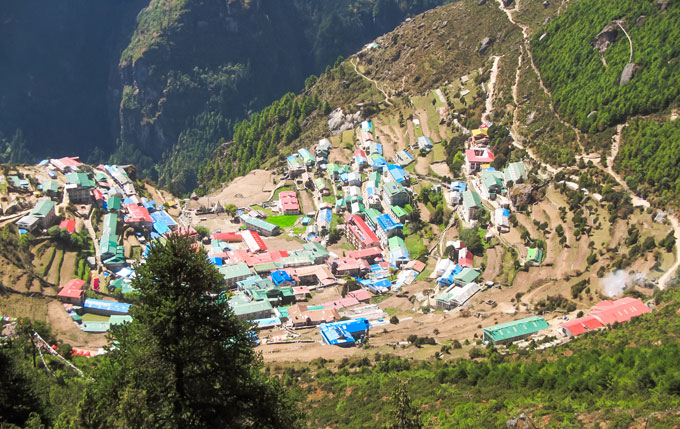
Conclusion
These points are just a glimpse into what was a 15 day trip, up and back, and I hope it gives you some idea about EBC trekking but honestly, no amount of reading or listening can prepare you for, what I think, is the most amazing journey.
Written by Raushan Jaiswal

